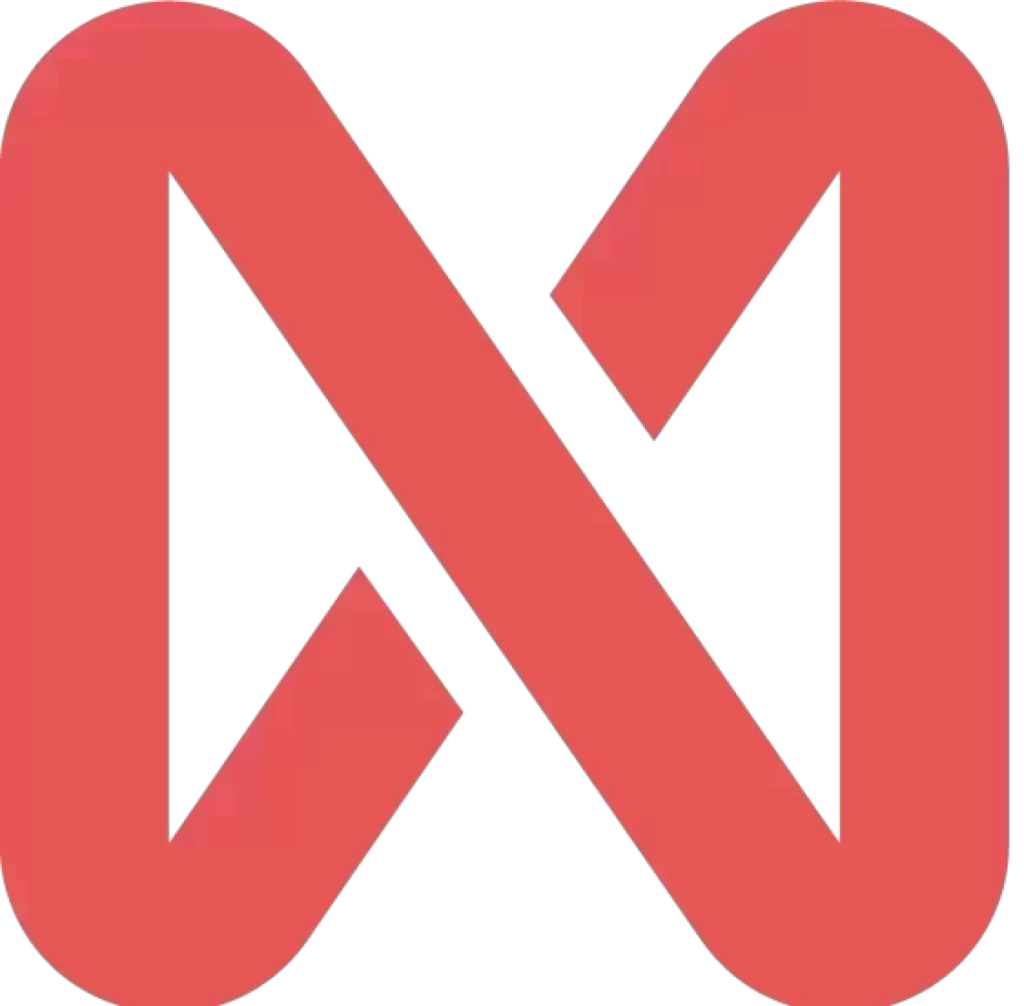That system that’s been running for three years on an old version of React. The Django 2.2 API that “works perfectly, no need to touch it.” The Java backend that nobody wants to touch because “it’s stable like this.”
If this reality sounds familiar, you’re not alone. The question is: does postponing framework updates solve anything? The short answer is no. The long one involves security vulnerabilities, demotivated teams, and costs that only increase.
According to the study “Breaking technical debt’s vicious cycle to modernize your business” by McKinsey, based on the analysis of over 200 projects, technical debt costs an average of $306,000 per year for every million lines of code, equivalent to 5,500 wasted development hours. Outdated frameworks are one of the main sources of this problem.
Let’s get straight to what matters: what needs attention in 2025? NextAge answers that in this article.
Why does 2025 demand special attention?

This year concentrates the end of support for important versions across various technologies. When a version reaches EOL (End of Life), it simply stops receiving security patches. No fixes, no updates, no guarantees. OWASP (Open Web Application Security Project) lists “Vulnerable and Outdated Components” as category A06 in its Top 10 security risks, highlighting that this is one of the most exploited vulnerabilities currently.
Additionally, the developer market has changed. Qualified professionals want to work with current technologies. Keeping systems on old versions can make it difficult to attract and retain talent. Still, according to the same McKinsey research cited earlier, CIOs estimate that technical debt represents 20% to 40% of the value of all company technology assets, and obsolete frameworks are at the center of this number.
What we can take from this is that postponing updates doesn’t reduce the work. It only makes it more complex and expensive.
JavaScript: what’s asking for an update
React
The React ecosystem has gone through significant changes in recent years. If you’re still on versions 16 or 17, there are important features being wasted. Version 18 brought considerable performance improvements, especially with Concurrent Rendering and Automatic Batching.
The biggest challenge is usually migrating from class components to hooks, although it’s not mandatory. Large projects can do this gradually, prioritizing critical components.
Angular
Angular has an accelerated EOL cycle. Each major version receives support for approximately 18 months. If you’re on Angular 12 or earlier, you’ve been without support for quite some time. Version 17, recently released, has already brought changes to how signals work.
The good news is that Angular CLI facilitates incremental migrations. The bad news is that skipping multiple versions at once increases complexity exponentially.
Vue.js
Vue 2 officially reached ends of support in late 2023. Applications still running on this version are operating without a safety net. Vue 3 isn’t just an update, it’s a rewrite that improves performance and offers Composition API as standard.
Migration can be gradual using tools like vue/compat, which allows running Vue 2 code within a Vue 3 project.
Node.js
Node.js LTS (Long Term Support) versions have a well-defined lifecycle. Node.js 16 ended support in September 2023. Node.js 18, which is LTS until April 2025, needs to be on your radar if you haven’t updated yet.
Version 20 is already in LTS and 22 recently entered this phase. Beyond security fixes, the most recent versions bring significant performance improvements and support for modern JavaScript features.

Python: the ecosystem that doesn’t stop
Django
Django has a clear support policy. Old versions like 2.2 have already ended their cycle some time ago. If you’re on Django 3.x, it’s worth checking the specific EOL dates for your version. Django 4.x brought async views natively, which can positively impact the performance of applications with high concurrency.
Breaking changes between major versions are generally well documented, making migration planning easier.
Flask
Flask is more conservative with changes, which can give a false sense of security. Flask dependencies, mainly Werkzeug and Jinja2, also have their own update cycles. Keeping everything aligned is important to ensure stability and security.
FastAPI
FastAPI grew rapidly and became a reference for modern APIs in Python. If you’re on older frameworks and need performance for APIs, considering a migration might make sense. The learning curve is relatively smooth, especially for those already familiar with Python type hints.
Python
Python 3.7 and 3.8 are already without official support. Running applications on these versions means not having access to security patches. Python 3.11 and 3.12 brought significant speed improvements, in some cases, gains of 10-60% compared to previous versions.
Migration between minor versions of Python 3.x is usually smooth, especially if you maintain good code practices.
Java: what can’t be left behind in companies
Spring Boot
Spring Boot has a release cadence that demands attention. Old versions may have extended support through commercial contracts, however the community version has shorter deadlines. Spring Boot 2.x is heading toward the end of support, with version 3.x already established in the market.
Migration to Spring Boot 3 may require adjustments related to Java 17 as minimum baseline and changes in the Jakarta EE namespace (formerly Java EE).
Java (JDK)
Java LTS versions are 11, 17, and 21. If you’re running Java 8 in production, and many companies still are, know that free public support ended years ago.
Jumping directly to Java 21 might seem tempting, however depending on the application size, taking intermediate steps (11 → 17 → 21) might be safer and more manageable.
Modern alternatives
Quarkus and Micronaut emerged as alternatives to Spring, especially for microservices and cloud-native architectures. They’re not direct replacements, however they’re worth knowing about if you’re planning larger refactorings or starting new projects.
How to prioritize what to update first
Not everything needs to be updated at the same time. A good strategy involves evaluating:
- Technical urgency: versions that have already reached EOL or are about to reach it should have maximum priority. Known security vulnerabilities fall into this category.
- Business impact: critical systems that handle sensitive data or have high access volumes deserve special attention. An internal system used by five people can wait longer than a public API.
- Dependencies between systems: updating a framework can create incompatibilities with other systems. Mapping these relationships before starting avoids unpleasant surprises.
- Team availability: be realistic about the team’s capacity. Starting multiple updates simultaneously without sufficient resources is a recipe for unfinished projects.
A simple matrix of urgency versus impact helps visualize priorities and make more objective decisions.

Common mistakes (and how to avoid them)
- Underestimating the necessary time: framework updates aren’t just running a command. They involve testing, adjustments, conflict resolution, and often legacy code refactoring. Reserve adequate time or the project will exceed the deadline.
- Testing insufficiently: “it worked on my machine” isn’t a testing strategy. Automated coverage, integration tests, and validation in an environment that simulates production are essential.
- Trying to update everything at once: unless it’s a small project, updating multiple frameworks simultaneously increases the surface area of problems. Incremental approaches reduce risks.
- Not documenting changes: three months later, nobody will remember why a particular decision was made during migration. Documenting the process, choices, and learnings saves time in the future.
- Overloading the internal team: this is a critical point. Development teams are already busy keeping systems running, fixing urgent bugs, delivering features. The “Developer Coefficient” report revealed that 42% of developers’ work week is spent dealing with technical debt (13.5 hours) and problematic code (3.8 hours), representing $85 billion in lost opportunity cost globally. Adding large update projects without external support is unsustainable.
When bringing external help makes a difference
The reality for many companies is that internal teams are at their limit. Skilled developers spend too much time putting out fires and too little time investing in structural improvements.
Updating frameworks and systems isn’t a one-off task that disappears in a week. It requires planning, careful execution, and above all, availability of qualified people who can dedicate themselves to the project without compromising day-to-day operations.
This is where a strategic partnership with a company specialized in development can change the game. NextAge has exactly the solution your business needs, whether dedicated technical squads that can take on complete technology update projects, or through allocation.
NextAge’s allocated squad model allows your internal team to continue focused on business priorities while specialists take care of modernization. This includes technical analysis of the current state, migration planning, execution, and knowledge transfer to the internal team.
For IT managers, this means transforming a problem that’s been postponed into a project with a clear timeline, defined deliverables, and managed risks.
Want to better understand how NextAge can help your company modernize its technology stack without overloading your team? Get in touch for a conversation.






